 But, in the midst of all these vicissitudes, the length of the major axes and the mean motions of the planets remain permanently independent of secular changes. They are so connected by Kepler's law, of the squares of the periodic times being proportional... But, in the midst of all these vicissitudes, the length of the major axes and the mean motions of the planets remain permanently independent of secular changes. They are so connected by Kepler's law, of the squares of the periodic times being proportional...  Mechanism of the Heavens - Page xivby Mary Somerville - 1831 - 621 pagesFull view Mechanism of the Heavens - Page xivby Mary Somerville - 1831 - 621 pagesFull view - About this book
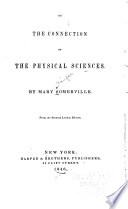 | Mary Somerville - 1846 - 496 pages
...the age of Ptolemy. But, in the midst of all these vicissitudes, the length of the major axis and the mean motions of the planets remain permanently independent...that one cannot vary without affecting the other. And it is proved, that any variations which do take place are transient, and depend only on the relative... | |
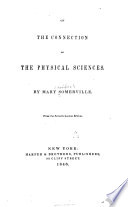 | Mary Somerville - 1846 - 496 pages
...of the planets remain permanently independent of secular changes. They are so connected by Kapler's law, of the squares of the periodic times being proportional...that one cannot vary without affecting the other. And it is proved, that any variations which do take place are transient, and depend only on the relative... | |
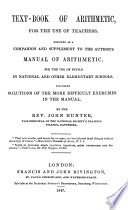 | John Hunter (of Uxbridge.) - 1847 - 266 pages
...Ans. 135, 297, and 264. Kepler's Third Law. Newton demonstrated the law ascertained by Kepler, that the cubes of the mean distances of the planets from the Sun are as the squares of their times of revolution. Examp. If the Earth's mean distance from the Sun be... | |
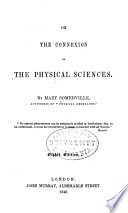 | Mary Somerville - 1849 - 568 pages
...the age of Ptolemy. But, in the midst of all these vicissitudes, the length of the major axes and the mean motions of the planets remain permanently independent...that one cannot vary without affecting the other. And it is proved, that any variations which do take place are transient, and depend only on the relative... | |
 | Archibald Tucker Ritchie - 1850 - 580 pages
...the midst of all the vicissitudes which affect the solar system, the length of the major axes and the mean motions of the planets remain permanently independent...that one cannot vary without affecting the other. And it is proved that any variations which do take place are transient, and depend only on the relative... | |
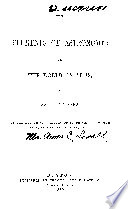 | Anna Cabot Lowell - 1850 - 378 pages
...Ptolemy's time. § 381. Bat, in the midst of all these vicissitudes, the length of the major axes and the mean motions of the planets remain permanently independent...that one cannot vary without affecting the other. And it is proved that any variations which do take place are transient, and depend only on the relative... | |
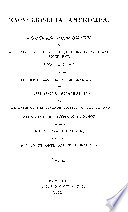 | Francis Lieber - 1851 - 618 pages
...possess the measure of our whole planetary system, as, according to the second law of Kepler (qv), the cubes of the mean distances of the planets from the sun are as the squares of the periods of their revolutions (which have long been known). Therefore the... | |
 | Franz Brünnow - 1865 - 584 pages
...planets as well as that of the sun can be found by means of the third law of Kepler, according to which the cubes of the mean distances of the planets from the sun are as the squares of the times of revolution. Thus from this determination the parallax of the sun... | |
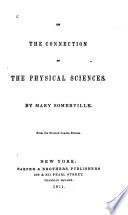 | Mary Somerville - 1871 - 490 pages
...of Ptolemy. But, in the midst of all these vicissitudes, the length of the major axis and the inean motions of the planets remain permanently independent...that one cannot vary without affecting the other. And it is proved, that any variations which do take place are transient, and depend only on the relative... | |
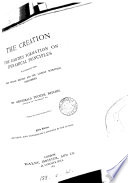 | Archibald Tucker Ritchie - 1874 - 690 pages
...the midst of all the vicissitudes which affect the solar system, the length of the major axes and the mean motions of the planets remain permanently independent...that one cannot vary •without affecting the other. And it is proved that any variations which do take place are transient, and depend only on the relative... | |
| |